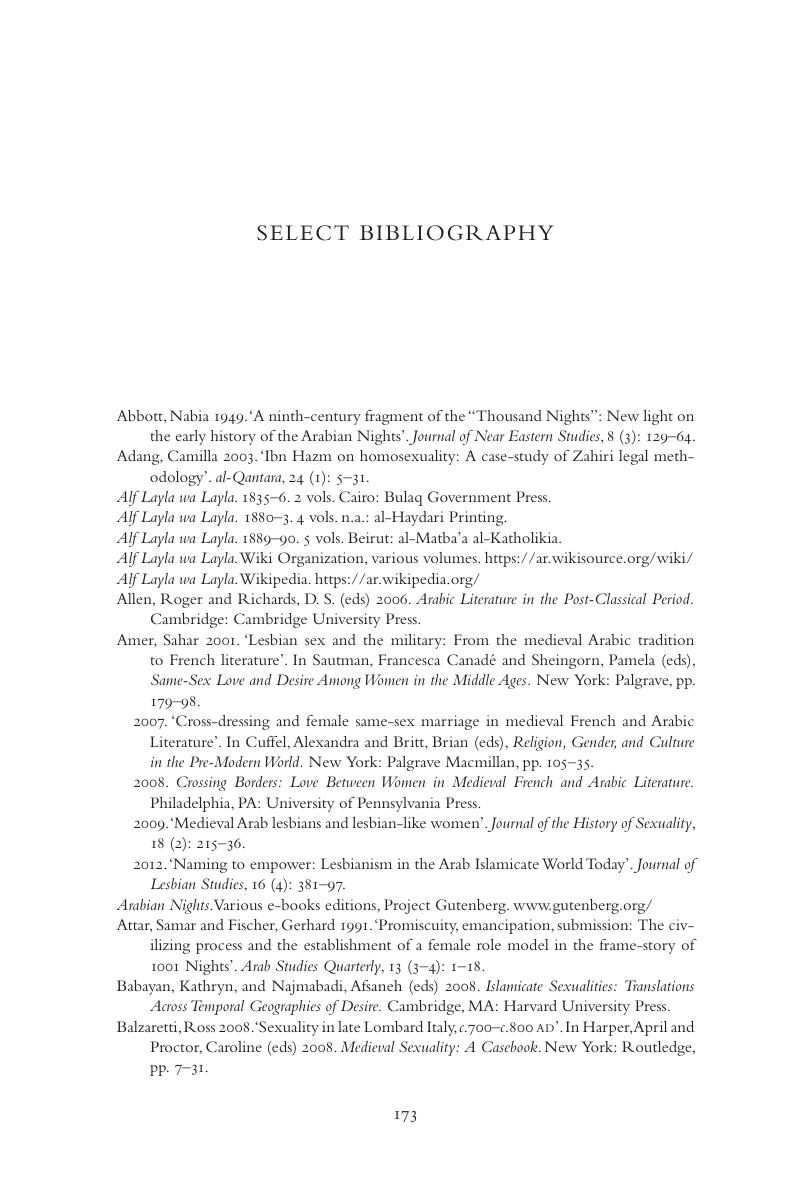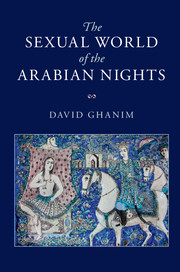Book contents
- The Sexual World of the Arabian Nights
- The Sexual World of the Arabian Nights
- Copyright page
- Epigraph
- Contents
- Preface
- Introduction
- 1 Alluring Sexuality
- 2 Inexorable Sexuality
- 3 Insatiable Lust
- 4 Demonic Sexuality
- 5 Rape and Incest
- 6 Promiscuous Life
- 7 Transgressive Adultery
- 8 Sexual Perfidy
- 9 Tales of Cuckoldry
- 10 Lesbian Encounter
- 11 Tempting Pederasty
- 12 Hedonistic Narrative
- Conclusion
- Select Bibliography
- Index
- References
- The Sexual World of the Arabian Nights
- The Sexual World of the Arabian Nights
- Copyright page
- Epigraph
- Contents
- Preface
- Introduction
- 1 Alluring Sexuality
- 2 Inexorable Sexuality
- 3 Insatiable Lust
- 4 Demonic Sexuality
- 5 Rape and Incest
- 6 Promiscuous Life
- 7 Transgressive Adultery
- 8 Sexual Perfidy
- 9 Tales of Cuckoldry
- 10 Lesbian Encounter
- 11 Tempting Pederasty
- 12 Hedonistic Narrative
- Conclusion
- Select Bibliography
- Index
- References
Summary

- Type
- Chapter
- Information
- The Sexual World of the Arabian Nights , pp. 173 - 182Publisher: Cambridge University PressPrint publication year: 2018



